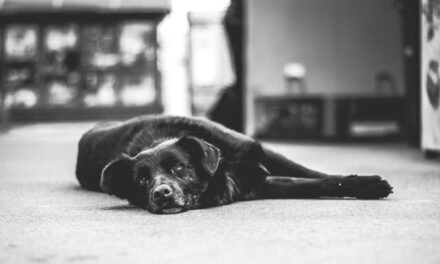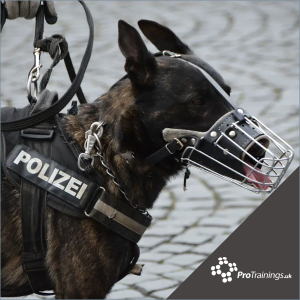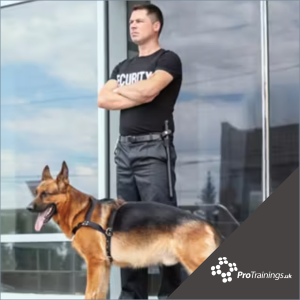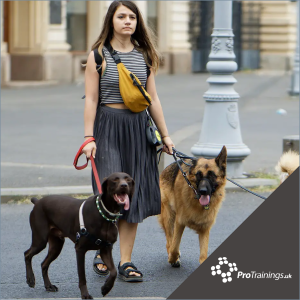Experts at Cliverton have crafted a guide aimed at ensuring the safety of both pets and humans within kennels and catteries.
From insurance considerations to electrics and safe spaces, implementing the right measures is crucial to maintaining a secure environment for all involved.
The UK proudly boasts a nation of pet enthusiasts, with approximately 62% of households owning a beloved pet – 13 million of which are canine companions. With such a substantial number of pets in homes, the demand for safe and reliable kennels and catteries is evident. Whether it’s day-care services during work hours or pet sitting during vacations, providing a secure space for pets is a top priority.
Insurance: A Shield for Safety
Ensuring the safety of pets under your care begins with appropriate insurance coverage for dog kennels or catteries. Lynne Fisher, Associate Director at Cliverton, emphasises the importance of insurance in safeguarding both the pets and their owners while protecting the business and its staff. Fisher advises, “Good kennel insurance offers protection against liabilities arising from incidents involving pets, ensuring financial security for your business to focus on the pets’ well-being.”
Secure Entrances for Pet Safety
Maintaining secure entrances within kennels and catteries is essential to prevent pet escapes. Installing doors that open inwards prevents accidental opening by pets brushing against them. Additionally, having separate entry spaces isolated from the main kennel area helps avoid pets escaping during visits by customers or visitors. Continuous monitoring by staff in free-roaming areas ensures immediate assistance in case of any attempted escapes.
Electrical Safety Measures
Electrical hazards pose risks, especially during pets’ free-roaming times. Chewed electric cords rank as a top electrical injury among pets. Implementing preventive measures involves keeping electrical wiring out of reach, either by elevating them or securing them behind protective covers. Furthermore, applying bitter sprays to cords and assessing pets’ history of cord biting helps identify potential risks.
Addressing Antisocial Behaviour in Kennels
Managing antisocial behaviour in pets is crucial to prevent conflicts or attacks within kennel environments. Assessing and vetting pets to understand their sociability levels helps determine suitable interactions. Fisher highlights the importance of accommodating pets’ social needs, offering options for socialising training or providing solitary spaces for those requiring individual attention.
Safeguarding Your Business and Furry Clients
Beyond physical facilities, readiness for unforeseen incidents is essential for maintaining safety standards. Preparing for accidents or incidents ensures a well-equipped and secure environment for both your business and its furry patrons.
